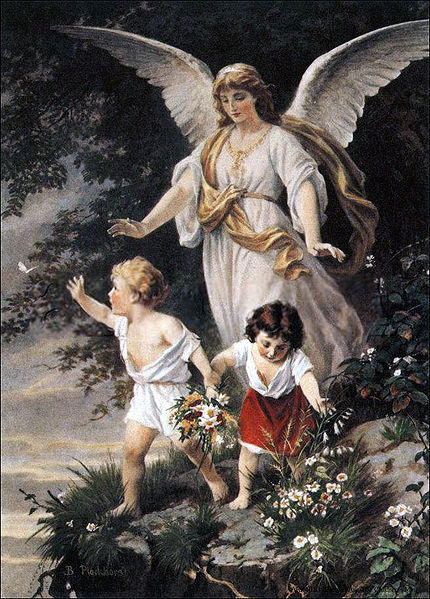A superstition is any belief or practice considered by non-practitioners to be irrational or supernatural, attributed to fate or magic, perceived supernatural influence, or fear of that which is unknown. It is commonly applied to beliefs and practices surrounding luck, amulets, astrology, fortune telling, spirits, and certain paranormal entities, particularly the belief that future events can be foretold by specific unrelated prior events.
Witch-hunting is commonly motivated by religious superstition
Supernatural refers to phenomena or entities that are beyond the laws of nature. The term is derived from Medieval Latin supernaturalis, from Latin super- + natura (nature). Although the corollary term "nature" has had multiple meanings since the ancient world, the term "supernatural" emerged in the Middle Ages and did not exist in the ancient world.
Saint Peter Attempting to Walk on Water (1766), painting by François Boucher
The Archangel Michael wears a late Roman military cloak and cuirass in this 17th-century depiction by Guido Reni.
Schutzengel (English: "Guardian Angel") by Bernhard Plockhorst depicts a guardian angel watching over two children.
In Jainism, a soul travels to any one of the four states of existence after death depending on its karmas.





